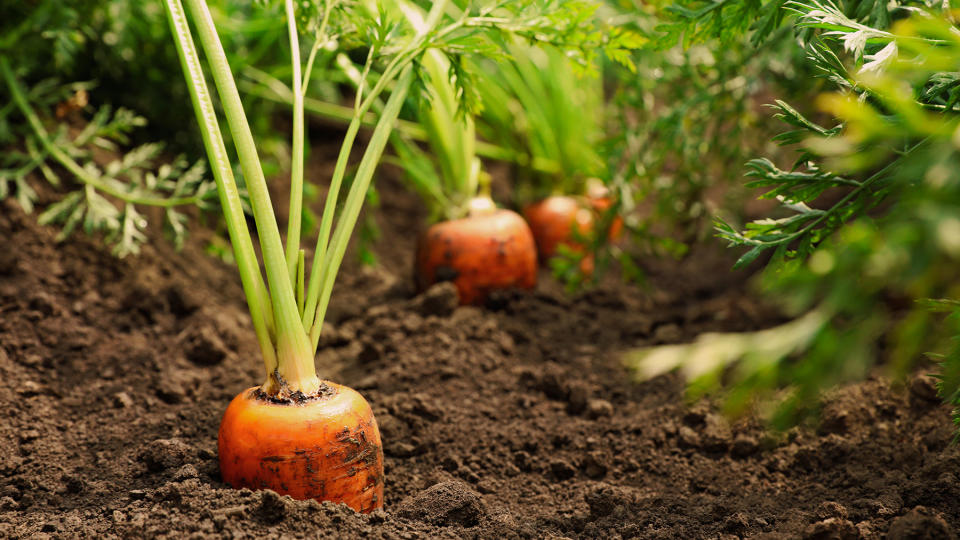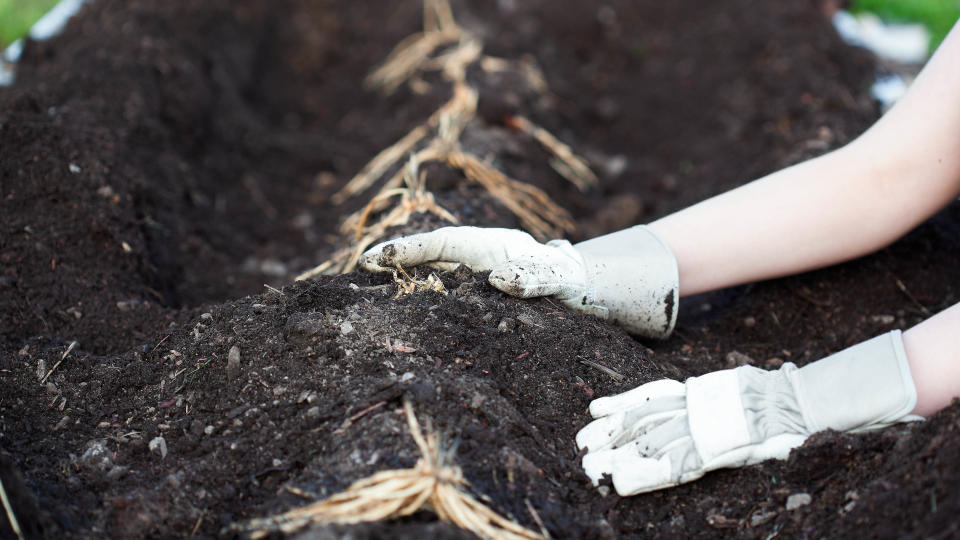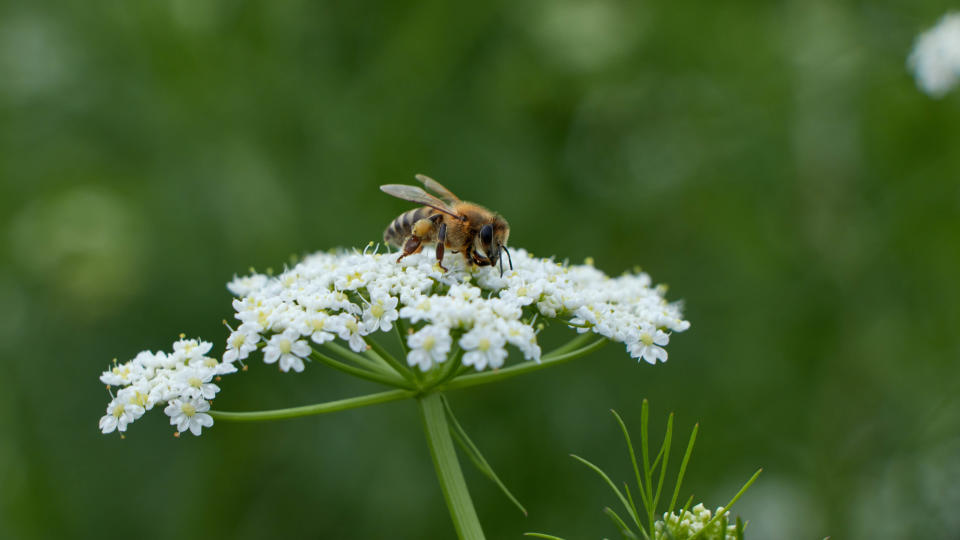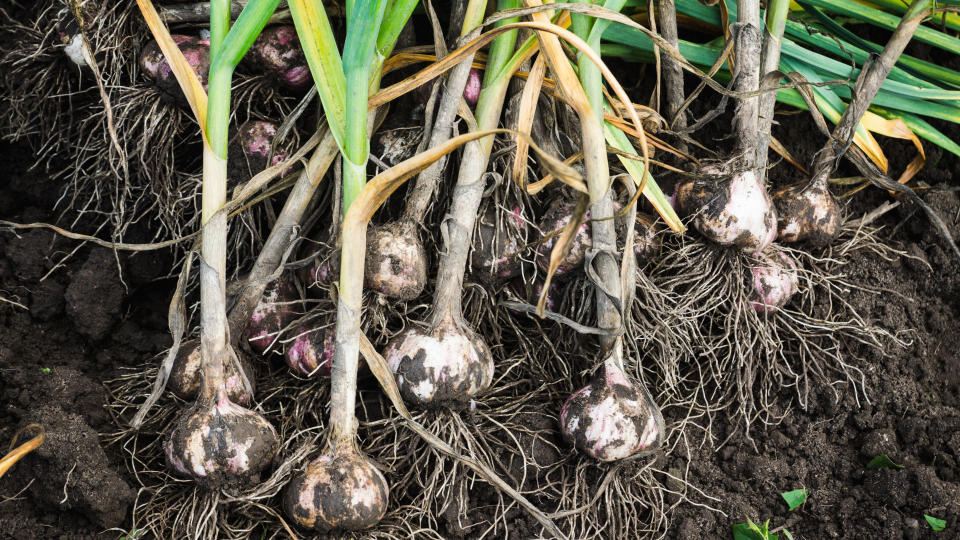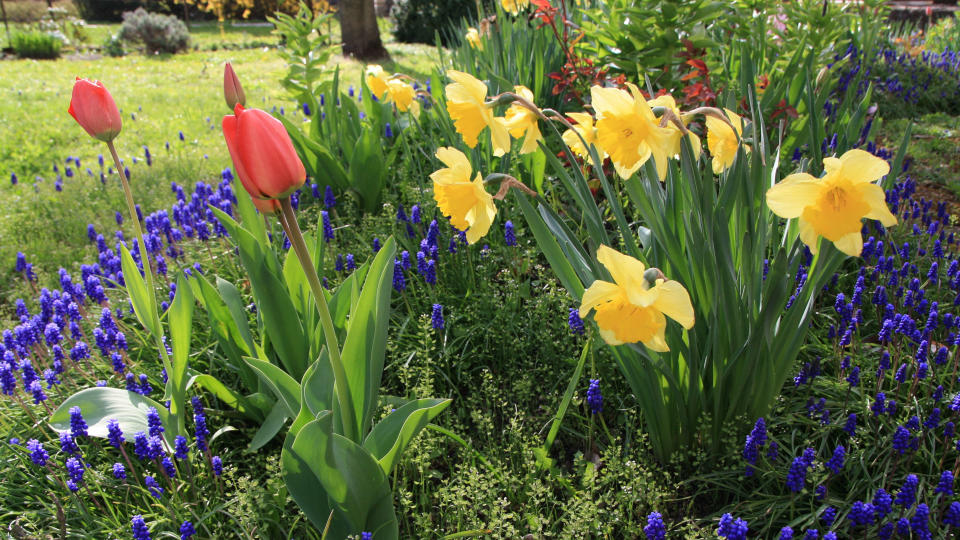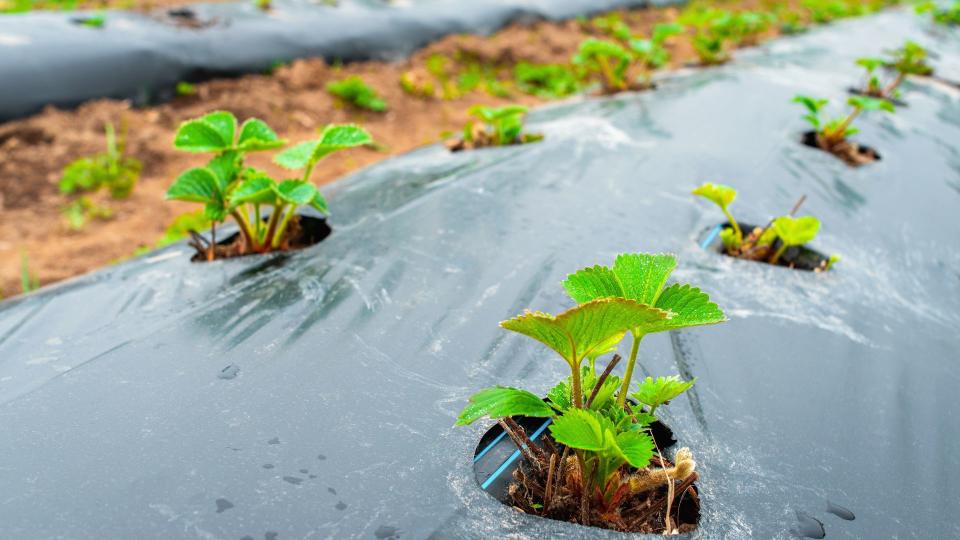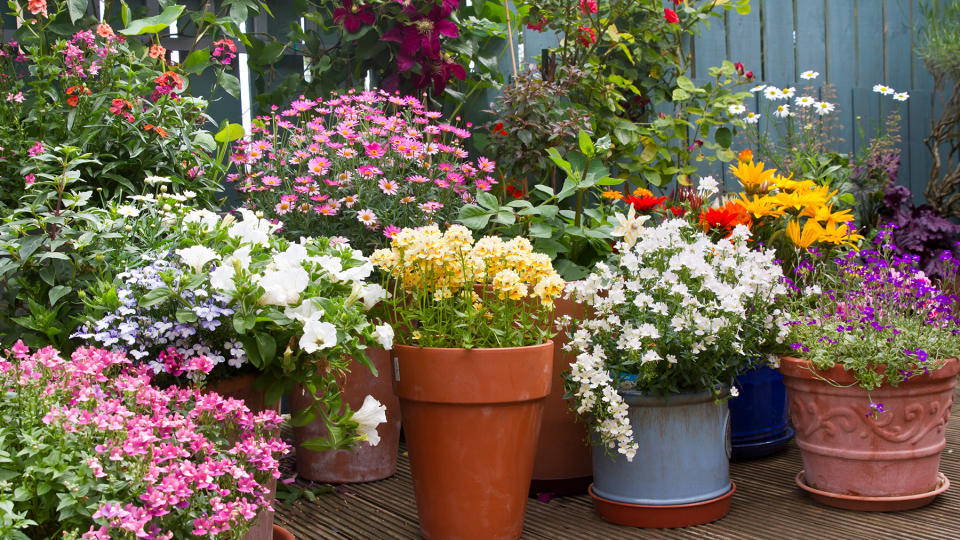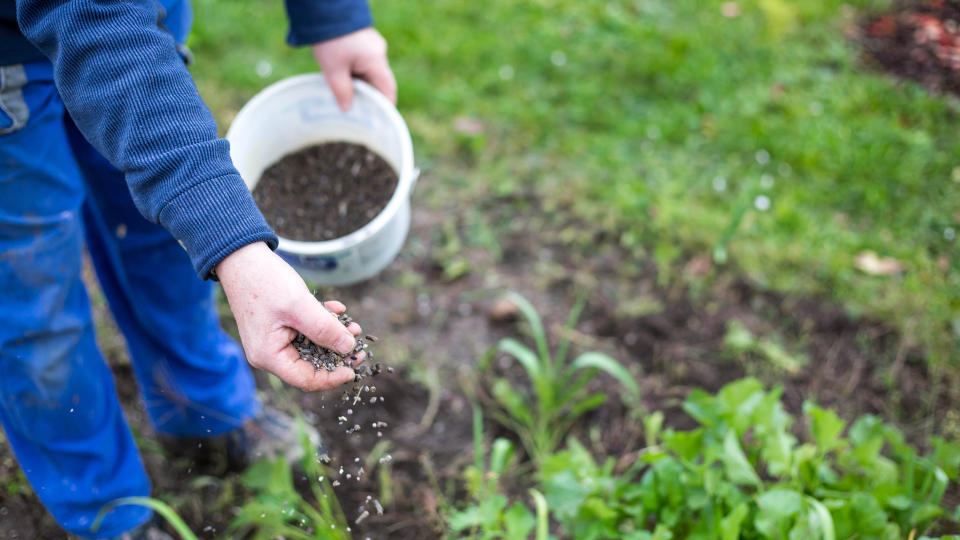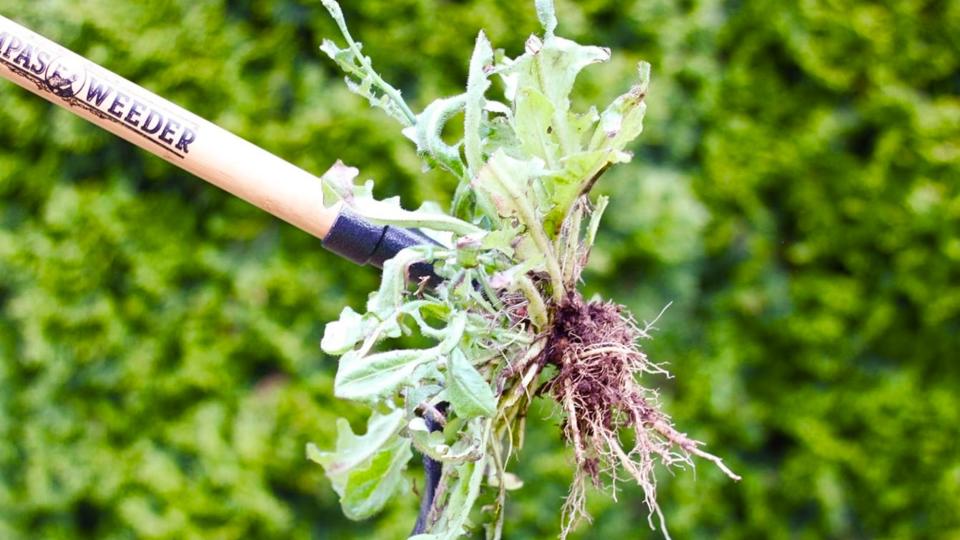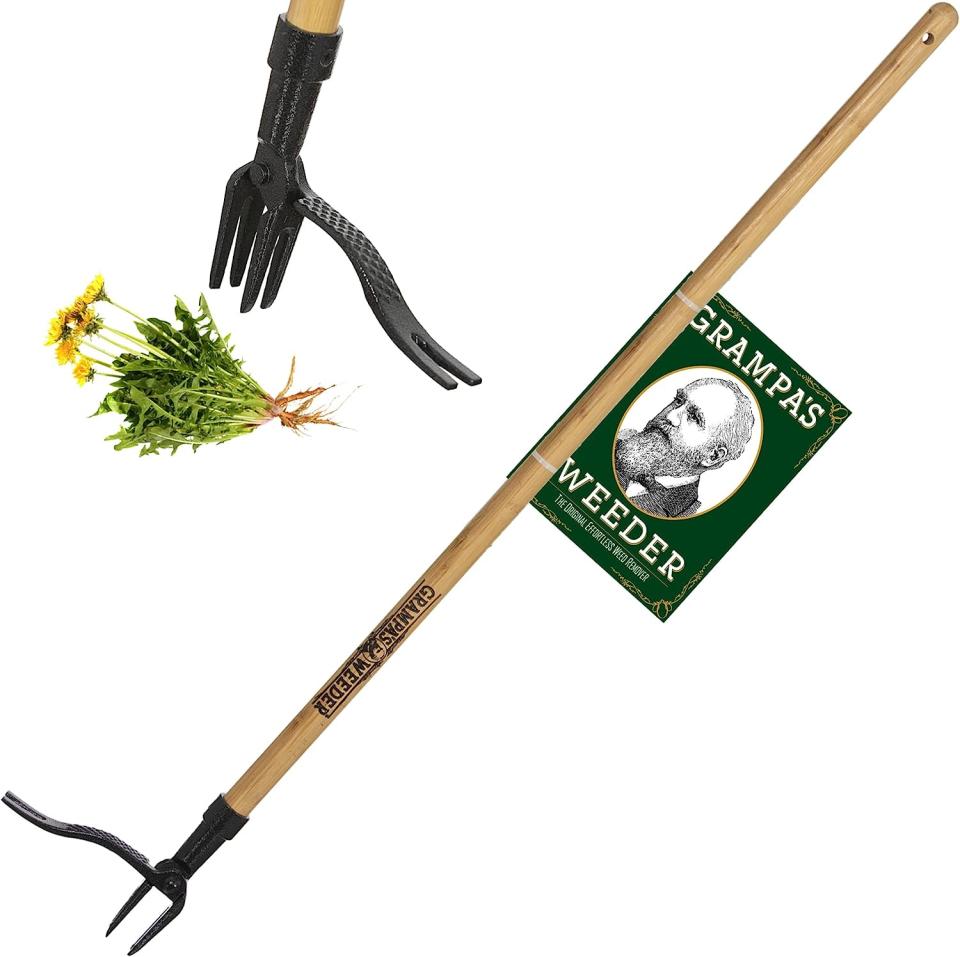After taking the time to carefully plant and maintain a yard, it can be devastating to find your hard work undone by unwanted pests. These critters can eat at your plants and cause damage to your yard, so it’s no surprise gardeners are always looking for new ways to keep them at bay.
Many traditional methods involve spraying harsh chemicals, which may be effective at preventing pests but can also harm your plants and the positive wildlife in your garden. As we learn more about the careful balance of our ecosystems, it’s becoming more popular to look for pest solutions that minimize plant damage while also preventing harm.
Instead of killing the insects and animals directly, these strategies focus on reducing their activity. This allows the local wildlife to survive without you needing to sacrifice your plants. Not only is this beneficial to the broader ecosystem, but these steps can also actually encourage healthier plant growth and a happier garden. While it may not align with creating a low-maintenance garden versus simply spraying the area with pesticides, the results will be well worth it. You might even find that you prefer the look of your garden when you follow some of these planting and maintenance strategies.
1. Look for pest-resistant varieties
While all plants can be the targets of pests, some varieties are naturally more resistant to their damage than others. Examples pet-resistant plants include carrot-fly-resistant carrots, tromboncino squash and even potatoes that can shake off eelworms. By selecting varieties of species that are inherently resistant to pests, you automatically minimize the amount of harm possible to your garden and become less reliant on other methods. While they won’t be entirely immune, this added protection can make a lot of difference over time.
In order to find pest-resistant varieties when planting a herb garden or vegetable patch, look at your favorite seed catalogs as these should list all available qualifying plants. You may find that there are easy substitutes for your preferred plants that won’t change the look of your garden but will enhance its hardiness. Or you may decide to try something different and shake things up.
2. Plant at the least friendly time for pests
Just as plants have their preferred growing periods, so do pests have their preferred breeding schedules. At certain times of year, you’re likely to see much larger populations of common pests like Japanese beetles and pea moths. They won’t be entirely contained to a small window, but avoiding this peak period will do a lot of the pest prevention for you. The growing season for most plants will be much wider than these pest timelines, so try to schedule your planting for just after the peak season. This will still give you sufficient time for your plants to take root and grow, but will ensure they aren’t immediately hit by a swarm of hungry pests.
Another thing to keep in mind is that pests tend to target only a few types of plants each, so you won’t have to delay all your planting just to avoid one key insect. You can still enjoy your garden through the summer and plant earlier in the season. Just try to stagger out the planting so that less vulnerable species are in place during the riskier weeks, with the more vulnerable plants rooting down after the swarms have died down.
3. Attract the right insects
Many pests are insects, but not all insects are pests. In fact, there are several different insects that can be your greatest weapon when trying to reduce pest damage. These are the pests’ natural predators, so encouraging their presence won’t disrupt the natural balance of the ecosystem but will simply support it working where you can benefit as well.
Many pests are insects, but not all insects are pests.
In order to attract these beneficial insects to your yard, you’ll want to plant the kinds of flowers that they are most attracted to so that they visit for the pollen – and then eat a few pests while they’re there. It can be particularly effective to grow these plants amongst or next to your most vulnerable varieties, so that they are close in proximity to their prey.
If possible — and if this doesn’t negatively impact your planting strategy — then also try to create a pleasant habitat for these insects, so they lay their eggs and breed. This will help to breed an army of useful predators that are reliably present, as opposed to hoping a stray insect wanders into your garden.
4. Use strong scents to deter pests
Pests don’t need to be deterred with harsh chemicals; strong smells can also do the job. One option is to spray a natural, sharp-smelling solution around the area such as garlic spray, but the most effective method is to utilize naturally fragrant plants.
Simply plant these varieties in and amongst your other garden life, just as you would the pollinator plants, to protect the yard from pests. Species like coriander, garlic and calendula are pungent enough to put pests off your garden but not unpleasant to human noses. You may even find yourself using these herbs and alliums in your kitchen once they reach full growth.
5. Interplant to confuse pests
As mentioned above, pests tend to target specific plants rather than every species in your garden. This is why industrial agriculture can be so vulnerable to pest damage; by planting the same species in rows together, it creates a veritable buffet for hungry insects. Use this to your advantage by spacing your vulnerable plants around the garden and interspersing them with plants that the pests won’t like.
Not only will this minimize the damage should one plant be attacked, but it can help confuse the insects that do visit your garden. If there are several unappetizing plants surrounding the one tasty one, the insects may decide to give up and go elsewhere for their meal. This can be particularly effective if you use similar-looking species and also allows you to create a uniform aesthetic, without the vulnerability of a monocrop.
6. Leverage row covers, especially for younger plants
While pesticides can do more harm than good, there are some tools that can be beneficial for the home gardener. Row covers are a good example of this as they create a physical barrier between the plant and the pest, while still allowing water and sunlight to reach your vegetation. They aren’t always the most attractive option and you probably won’t want to keep them in place throughout the entire season, but they are a powerful method of pest prevention that can give you extra peace of mind during the riskiest times of year. In particular, consider installing row covers when your plants are young or during the peak season of a key pest.
When installing, be sure to secure the edges on the ground so that the insects don’t simply crawl under. If possible, lift them up during the early morning and evening to allow local pollinators inside; this will benefit the plants and positive wildlife and also increase the chance of catching any pests that have remained inside.
7. Use pots to raise plants out of harm’s way
Although many pests are airborne, they don’t all fly at the same height. Carrot flies and cabbage root flies tend to travel only a short distance above the ground, for example. Then there are the slugs and other soil-based pests that attack from below. By growing your plants inside of a planter or pot, you can physically remove them from the reach of ground pests and even from lower flying pests, if you place that pot on a higher surface.
This is an easy way to minimize risk but also helps to create visual variation in the garden. It won’t be practical to apply this method to every part of the garden, but it’s a good approach if you have a specific plant that keeps getting hit or if you have a smaller space that is mostly full of containers.
8. Nurture plants’ natural immunity
Just as with people and animals, plants are better equipped to fight disease and recover from damage when they are healthy. Many plants have some natural built-in recovery mechanisms, so that they can survive in the wild without human intervention — so take advantage of them. Spend some time nurturing your plants’ overall health as this will strengthen their natural immunity to pests and help them to weather any damage they incur.
Keeping your plants healthy includes taking good care of your soil and supporting it with natural fertilizers so that the plant roots can take up important nutrients. Ensure that plants are thoroughly hydrated during warmer weather and remove any weeds that might be competing for valuable resources. This is good practice at any time of year, but is also useful to remember during peak pest seasons.
9. Practice consistent yard maintenance
A lot of pest management comes down to effective maintenance of your yard throughout the year. It’s much easier to prevent pests than to eliminate them once you have them, so take the time to set your garden up for success before the threat is realized. In addition to following the specific steps above, make sure you don’t slack off on your regular yard chores.
Removing any dead vegetation or weeds, not just because they are unsightly but because they can be prime hiding places for insects and pests. Maintain a regular and even watering schedule, not just because your plants will benefit but because overwatered soil is the perfect breeding ground for many insects. Rotate your plants every few years, not just because this is good for maintaining healthy soil but to confuse pests and reduce their concentration.
Grampa's Weeder: $44 @ Amazon
This weeding tool isn't cheap, but it saves you from having to bend down to dig up weeds from your yard. And it worked very well when we tested it. The 4-claw design can get rid of weeds easily on soft soil.View Deal
More from Tom's Guide
7 flood tolerant plants to protect your yard from heavy rain
